Attention
This work is a vehicle for SPR. However, while the SPR is built with a rail width of 1435mm, all Japanese steam locomotives are built with a rail width of 1067mm. Therefore, if the locomotive is adapted to the SPR, the overall width becomes wider, and the body of the locomotive touches the station building. Therefore, the locomotives can only be operated on a part of the SPR tracks (although they can be operated on most of the tracks between stations).
Control
AG1+VTOL : Move forward and back
AG2 : Open window
AG3 : Activate coupler(magnet)
AG4 : Open smoke box door
I would like to thank PapaKernels for allowing us to use PRR K4 #1361 variables and others in the construction of this locomotive!!!
History
In December 1941, just after the outbreak of the Pacific War, a number of large and small rolling stock manufacturers established the "Rolling Stock Control Association" as a national policy, under whose jurisdiction the production of small steam and gasoline locomotives for industrial use was controlled and standardized. The "Specialized Committee for Small Steam Locomotives" of the Rolling Stock Control Committee investigated and established 10 types of "series-designed small locomotives". The locomotive type designation was a combination of gauge, axle arrangement, and weight, and the ten zodiac signs were used for gauge: "Otsu" = 1,067 mm, "Tei" = 762 mm, and "Bo" = 610 mm.
The main focus is on the use of alternative materials in many places and the use of standardized materials that can be completed with less processing. In addition, the saturated steam system was adopted to reduce boiler strength.
Industrial steam locomotives similar to these standards were manufactured by Motoe Kikai Seisakusho and Kyosan Kogyo, and supplied to the private railroads, light railways, and the exclusive lines in military arsenals, but the actual status of production and operation is unknown because of the wartime situation.
In the end, only three types of "Otsu" were manufactured according to this series design. In 1944, five B20s were built at the Koriyama Works for the Ministry of Transport and Communications for use in onsite operations. After the war, 10 additional cars were manufactured at Tateyama Heavy Industries from 1946 to the following year, bringing the total to 15.
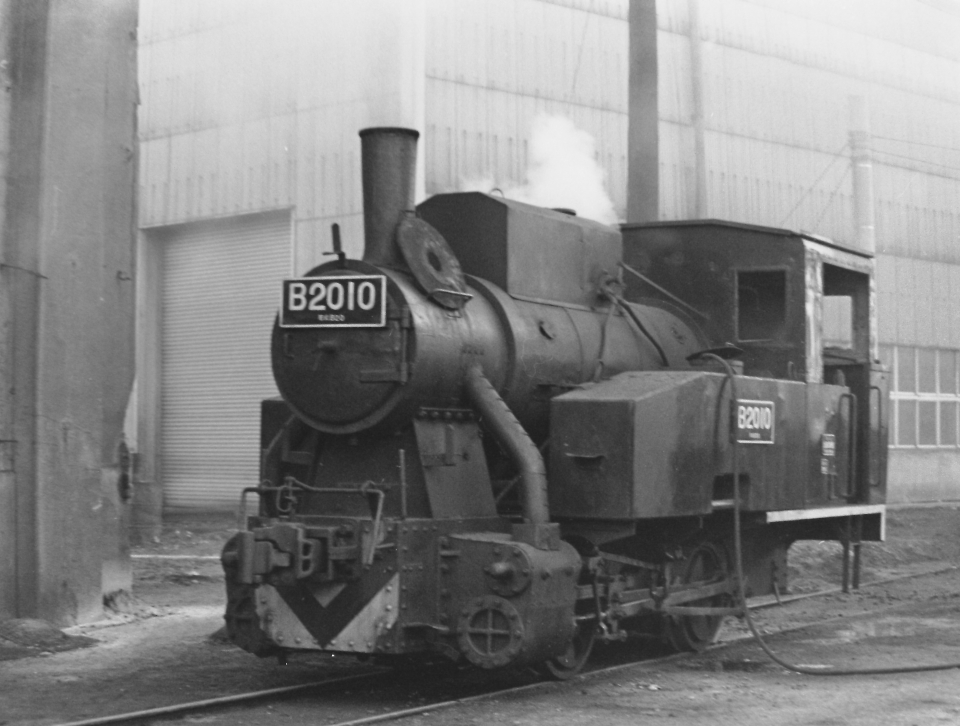
B20 No.10 in Kagoshima

Blueprint and B20 No.3
Structure
The locomotive is a single, two-cylinder, saturated side tank locomotive with an axle arrangement of 0-4-0(B), but there is nothing of special note in terms of technology. The steam dome and sand box are rectangular, and finishing work is either omitted or kept to a minimum. The steam used is not the superheated steam used in Japan National Railways' steam locomotives, but rather the old saturated steam. The most distinctive feature is that it does not have an air brake mechanism such as an air compressor, but instead is equipped with its own steam pressure brake. The use of this type of locomotive did not require a powerful braking force, and it was decided that the brake of a single locomotive could be used for braking in a small operation.
Although examples of steam pressure brakes can be found on classic locomotives overseas, this is the only JNR locomotive of the Showa era to use this type. Therefore, this locomotive, which did not have through-brakes and had weak braking power, could not pull main line trains and was used exclusively for shunting operations in the yard.
Operation
After the war, only a few locomotives, including Nos. 2, 5, 6, and 8, were used as original switching locomotives, and the rest were dispersed to various engine sections, where they were used only sparingly, such as for switching locomotives without fire during six inspections at engine sections and for transporting coal within engine section premises.
Since these locomotives were wartime-standard cars, their materials and workmanship were poor, and they were extremely special for JNR locomotives, so they were put out of service at an early stage. The only locomotives that were used until the JNR steam locomotives were phased out were Unit 1 belonging to the Otaru Chikko Engine District and Unit 10 belonging to the Kagoshima Engine District.
Conservative loco
Currently, B20s No. 1 and No. 10 are preserved.
Unit 1 is preserved statically in Iwamizawa City, Hokkaido, Japan.
On the other hand, No. 10 was housed at Umekoji Steam Locomotive Museum in 1972.
Although it was originally a locomotive for dynamic preservation, it was fired up a few times when it first entered the museum, but it has hardly been moved since then.
In 2002, as part of the Umekoji Steam Locomotive Museum's 30th anniversary project and as a big event to celebrate the 15th anniversary of JR West's establishment, the locomotive was dynamically restored with the help of several dozen volunteers. A completion ceremony was held on October 12 of the same year. It has become the mascot of Umekoji, which is home to many large locomotives. Together with the DE10 diesel locomotives in the Umekoji Operation Center, it is used to move steam locomotives that have not been set on fire, and it continues to play its original role after its restoration. It also occasionally rides on the turntable to put on a whistle-blowing show.
The dynamic restoration of steam locomotive No. 10 was covered extensively by the media in the Kansai region and attracted the attention of many SL fans. At the museum, B20 is popular among children because of its small size, similar to Thomas the Tank Engine, and is nicknamed the "bean tank.
B20 No.1

B20 No.10
B20 No.10 running video
Gallery

New year mode

rods

B20 overturns after contact with station
B20 in New Year mode can be downloaded from this link
HAVE FUN!!!
Specifications
Spotlights
- jamesPLANESii 2.5 years ago
- BoeyingOfficial 2.5 years ago
- RomanoMilos 2.5 years ago
- DDVC 2.5 years ago
- YarisSedan 2.0 years ago
General Characteristics
- Created On Windows
- Wingspan 11.7ft (3.6m)
- Length 32.3ft (9.8m)
- Height 14.4ft (4.4m)
- Empty Weight 20,191lbs (9,158kg)
- Loaded Weight 23,736lbs (10,766kg)
Performance
- Wing Loading N/A
- Wing Area 0.0ft2 (0.0m2)
- Drag Points 2337
Parts
- Number of Parts 570
- Control Surfaces 0
- Performance Cost 2,002

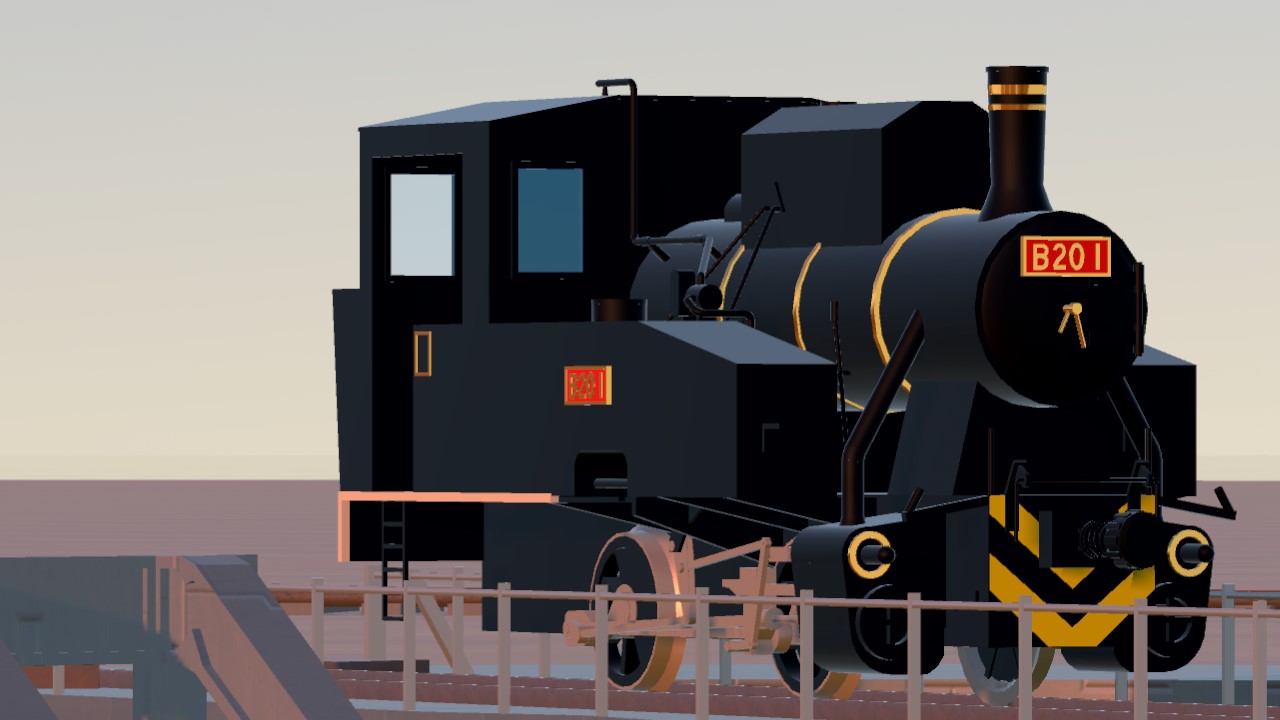

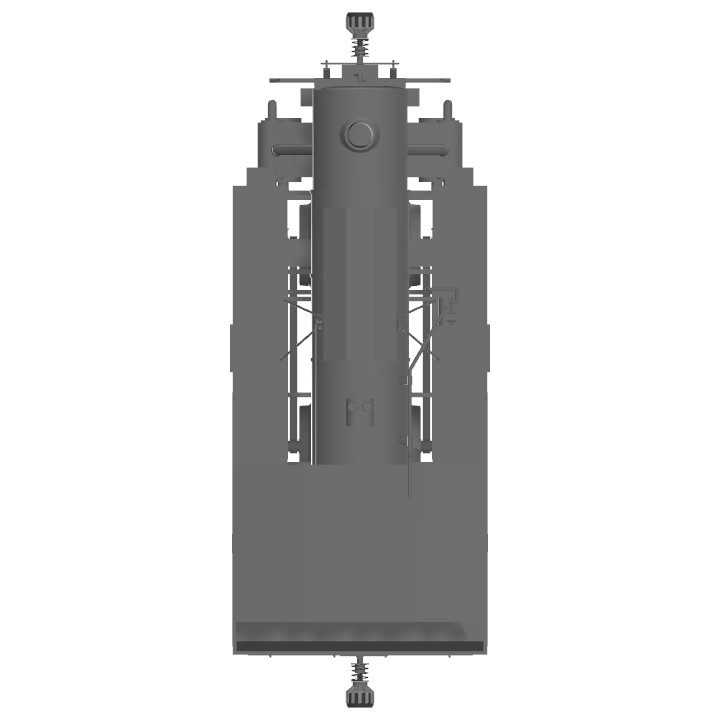
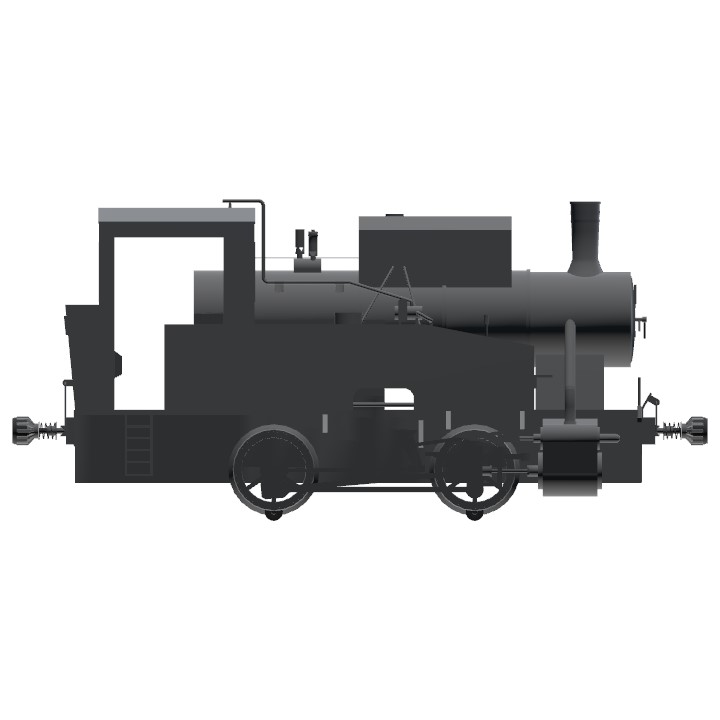
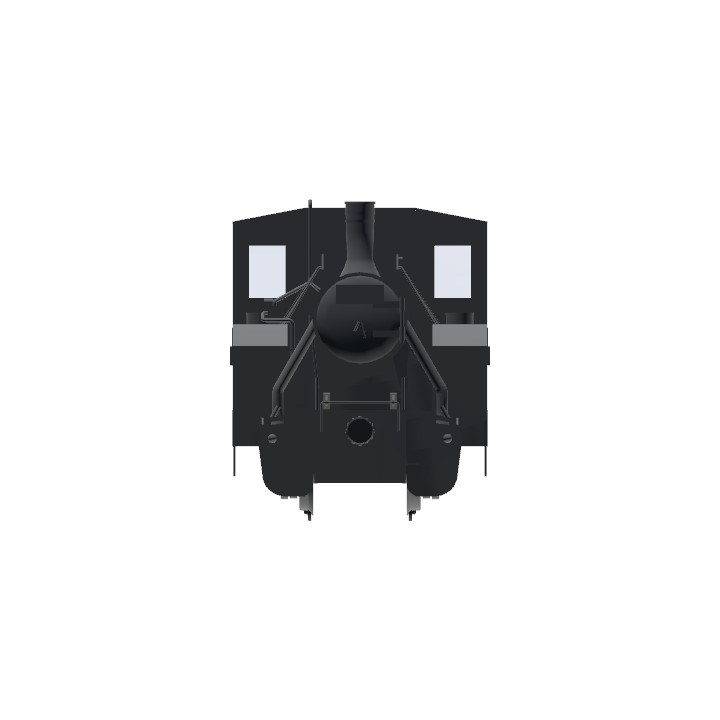
Steam Locomotive? Count Me In!
Good 10/10
@jamesPLANESii trains are always underrated lol
Bruh this is underrated lol